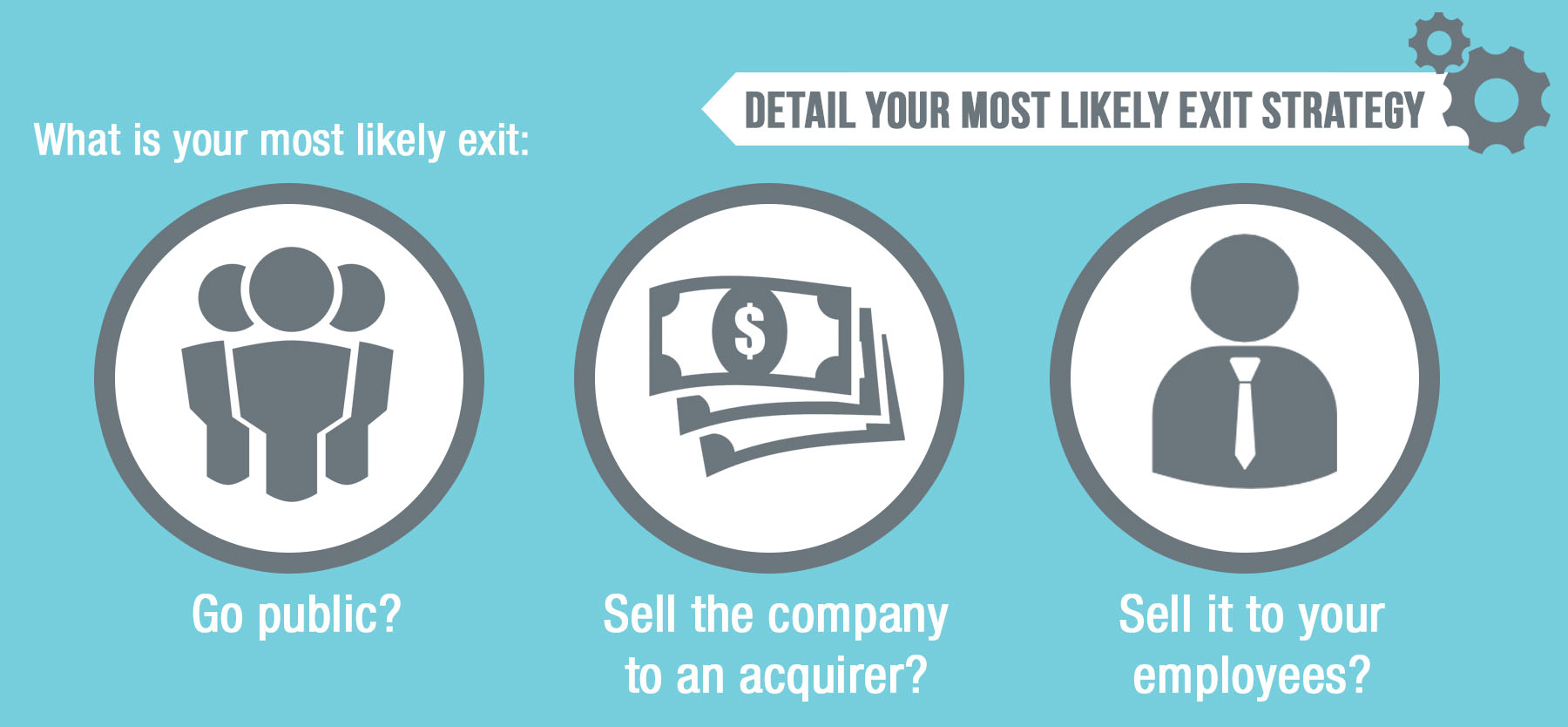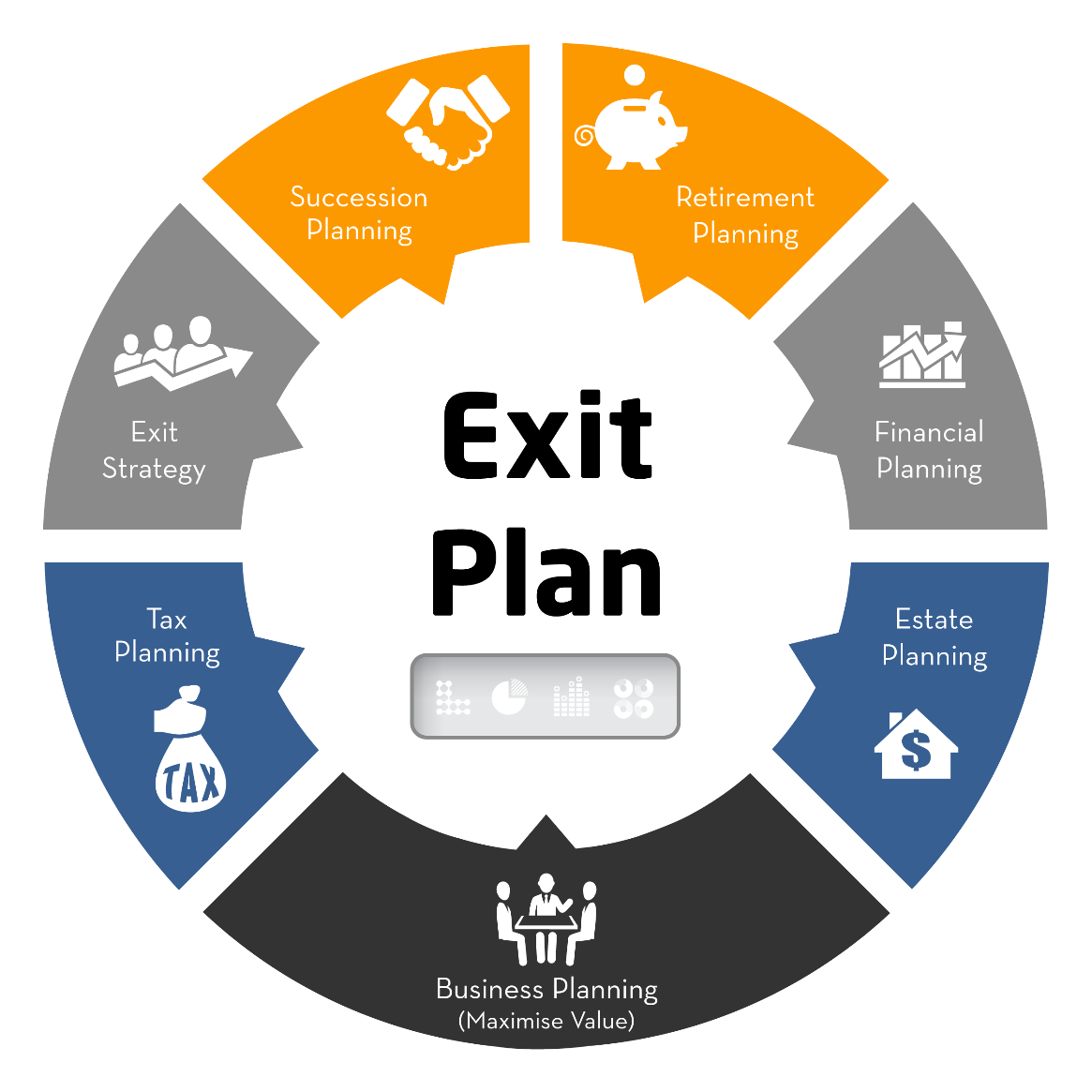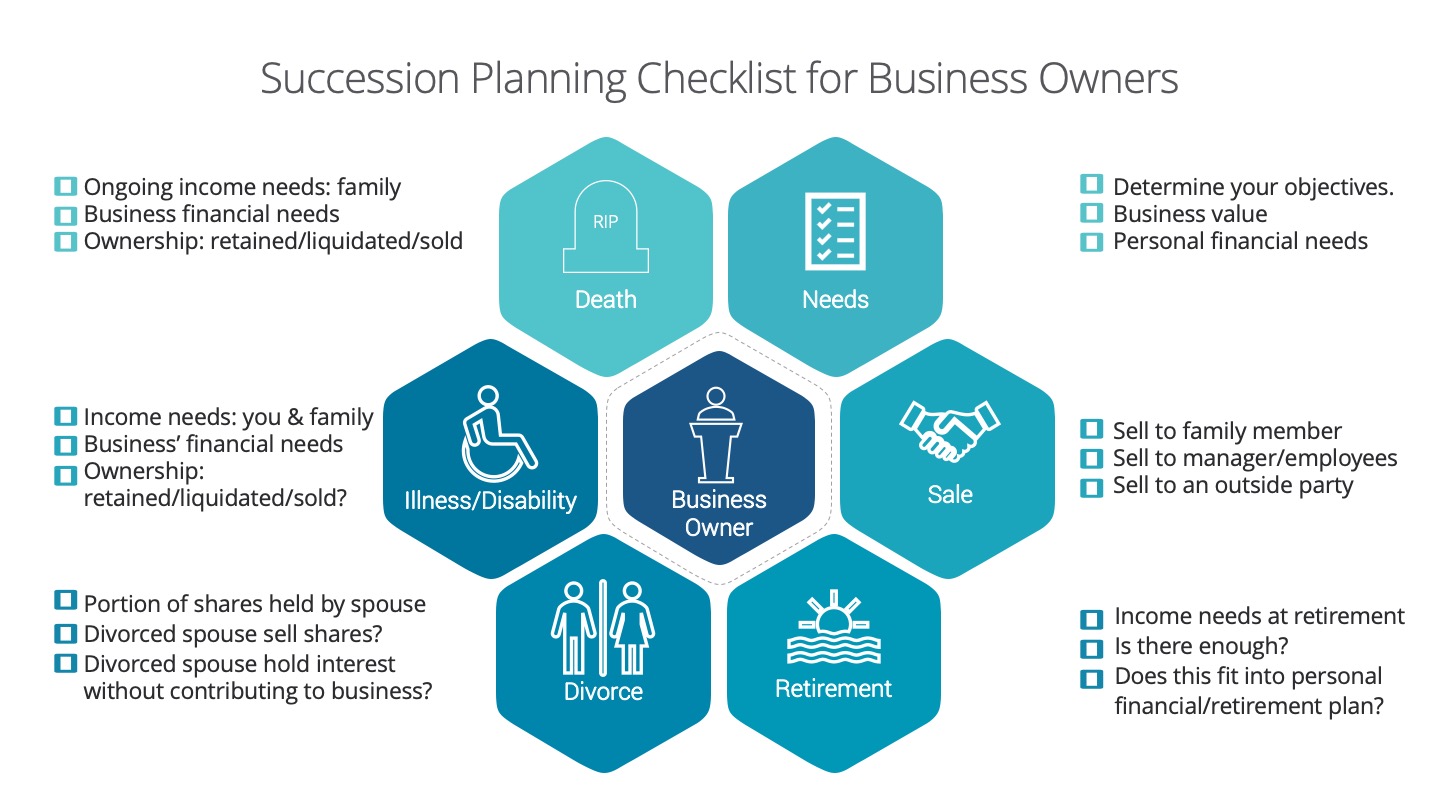How to Develop a Business Exit Strategy: Your Roadmap to Success

Imagine you're on a long, adventurous hike. You've enjoyed the journey, but you're starting to think about your destination. The same is true for your business. Whether you're aiming to sell, retire, or pass on your business to the next generation, having a solid business exit strategy is crucial. But where do you start? Let's dive in and explore how to develop a business exit strategy that sets you up for success.
Understanding Business Exit Strategies
A business exit strategy is a strategic plan for entrepreneurs to sell their ownership in a company to investors or another company. It's your roadmap to transition out of your business smoothly, ensuring its longevity and your financial security.
Why Plan Your Exit Strategy Now?
You might be thinking, "I'm not ready to exit yet, so why plan now?" Well, just like planning a trip, the earlier you start, the smoother the journey. Exit planning helps you maximize your business's value, prepare for unexpected events, and ensure a seamless business succession.
Key Steps to Develop Your Business Exit Strategy
1. Define Your Exit Goals
Start by asking yourself, "What do I want to achieve with my exit?" Your goals could range from securing a comfortable retirement to ensuring your business legacy lives on. Understanding your objectives will guide your entire exit strategy.
2. Determine Your Business Valuation
Business valuation is a critical step in your exit strategy. It helps you understand your business's worth and set a realistic selling price. Consider factors like revenue, profits, assets, and market conditions. Tools like the SBA's business valuation guide can be helpful.
3. Explore Your Exit Options
There are several ways to exit your business, each with its pros and cons. Here are a few common options:
- Selling to a Third Party: This could be a competitor, a private equity firm, or another business.
- Management Buyout (MBO): Selling your business to your management team.
- Family Succession: Passing your business to a family member.
- Employee Stock Ownership Plan (ESOP): Selling your business to your employees.
4. Prepare Your Business for Sale
Think of this step as sprucing up your house before putting it on the market. You want your business to be in top shape to attract buyers and maximize its value. This could involve improving financial performance, streamlining operations, or enhancing your brand.
5. Assemble Your Exit Team
Just like you wouldn't embark on a challenging hike alone, you shouldn't navigate your business exit strategy without support. Assemble a team of professionals, including a business broker, accountant, attorney, and financial advisor. They'll provide invaluable guidance and help you avoid pitfalls.
6. Develop a Business Transition Strategy
A business transition strategy outlines how you'll hand over the reins to the new owner. It should cover everything from training the new management team to communicating the change to employees and customers. A well-thought-out transition strategy ensures a smooth handover and minimizes disruption.
7. Plan for Life After Business
Exiting your business is a significant life change. It's essential to plan for what comes next. This could involve starting a new venture, pursuing hobbies, or dedicating more time to family and community. Whatever your plans, ensure they align with your personal and financial goals.
Common Pitfalls to Avoid
Developing a business exit strategy isn't always straightforward. Here are some common pitfalls to avoid:
- Not Planning Early Enough: The earlier you start planning, the more options you'll have and the smoother the process will be.
- Overestimating Your Business's Value: An inflated valuation can deter potential buyers and delay your exit.
- Ignoring Tax Implications: Selling a business can have significant tax implications. Work with a tax professional to understand and minimize your tax burden.
- Failing to Prepare Your Team: Your employees are a vital part of your business. Ensure they're prepared for the transition to maintain business continuity.
Real-Life Examples of Successful Business Exits
Let's look at a couple of real-life examples of successful business exits:
- Amazon's Acquisition of Zappos: Zappos' CEO Tony Hsieh sold the company to Amazon for $1.2 billion. Hsieh's exit strategy involved ensuring Zappos maintained its unique culture and independence, which Amazon agreed to.
- Disney's Acquisition of Pixar: Steve Jobs sold Pixar to Disney for $7.4 billion. Jobs' exit strategy involved securing a role for Pixar's creative team in Disney's animation studio, ensuring the continuity of Pixar's creative vision.

Conclusion: Your Exit Strategy is Your Roadmap to Success
Developing a business exit strategy is like planning a journey. It requires careful consideration, thorough preparation, and a clear vision of your destination. By defining your goals, understanding your business's value, exploring your options, and preparing for the transition, you can ensure a smooth and successful exit.
Remember, it's never too early to start planning. The sooner you begin, the more control you'll have over the process and the better the outcome will be. So, start your journey today and take the first step towards a successful business exit.
FAQs
When is the best time to start planning my business exit strategy?
- The best time to start planning is now. Even if you don't plan to exit for years, having a strategy in place ensures you're prepared for unexpected events and can maximize your business's value.
How do I determine the value of my business?
- Business valuation involves considering factors like revenue, profits, assets, and market conditions. Working with a professional appraiser or using tools like the SBA's business valuation guide can help.
What are the most common business exit strategies?
- Common exit strategies include selling to a third party, management buyout, family succession, and employee stock ownership plans. Each has its pros and cons, so it's essential to choose the one that best fits your goals.
How can I prepare my business for sale?
- Preparing your business for sale involves improving financial performance, streamlining operations, enhancing your brand, and ensuring your business is in top shape to attract buyers.
Why is it important to plan for life after business?
- Exiting your business is a significant life change. Planning for what comes next ensures you're prepared emotionally and financially, and that your next steps align with your personal goals.

By following the steps outlined in this guide, you'll be well on your way to developing a robust business exit strategy that sets you up for success. So, start your journey today and take control of your business's future.
Belum ada Komentar untuk "How to Develop a Business Exit Strategy: Your Roadmap to Success"
Posting Komentar